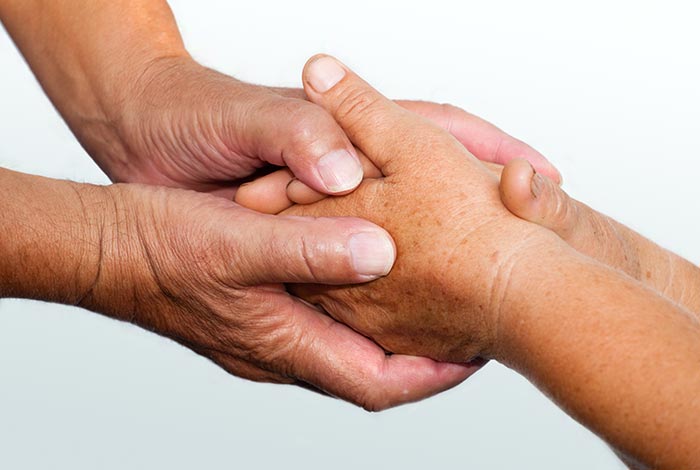Trigger finger, also known as stenosing tenosynovitis, causes one of your fingers to become locked in a bent position. It may bend or straighten with a snap. The tendons in your fingers attach the muscles to the bones. Each tendon is surrounded by a protective sheath. Trigger finger is caused by inflammation in the sheath which prevents the smooth gliding motion of the tendon through it. Over time, this inflammation can result in scarring and the formation of nodules on the tendon which further limit its smooth movement through the sheath.
Causes of Trigger Finger
Some people have a higher risk of developing Trigger Finger. If your job or hobby involves making repetitive movement of your hand or a prolonged gripping action you may be particularly prone to the condition. It is also linked to certain chronic health conditions like diabetes and rheumatoid arthritis and it can be a complication of surgery for Carpal Tunnel Syndrome. Women are more likely to develop Trigger Finger than men.
Symptoms of Trigger Finger
The symptoms of Trigger Finger vary in severity. In the early stages you may notice stiffness, numbness or catching in your finger joint, which may be worse in the morning. You may feel a clicking sensation or hear a pop when you move your finger and the base of the affected finger may feel tender. Over time your finger may start to lock in a bent position and it may suddenly snap straight. This may be particularly noticeable in the morning or while you are grasping something firmly. As the condition becomes more severe you may be unable to straighten your finger.
Diagnosis of Trigger Finger
Your doctor will carry out a physical examination and ask you about the development of your symptoms. They may check for a lump in your palm which is evidence of swelling in the part of the tendon that is used to move the finger.
Treatment of Trigger Finger
The treatment will depend on how far advanced the condition is. In the early stages of Trigger Finger we recommend avoiding repetitive gripping or prolonged use of tools that vibrate to allow the inflammation time to resolve. Stretching exercises may help to maintain mobility in the affected finger and wearing a splint at night to keep the finger straight helps to rest the tendon. If the symptoms are worsening, an injection of corticosteroids into the affected tendon may help to reduce inflammation so the tendon can move freely again. The results of a steroid injection can last up to a year. In severe cases, a procedure called percutaneous release may be used to break up the constriction in the tendon using a needle inserted with ultrasound to guide it. Alternatively, the surgeon may suggest a surgical procedure to cut out the constricted sections of tendon sheath, allowing the tendon to move freely again. It is a quick procedure that is normally carried out under local anaesthetic.
OUR CONSULTANTS
We are an experienced and highly qualified team of orthopaedic surgeons using the latest surgical and non-surgical techniques to eliminate or reduce pain so our patients can experience the best possible quality of life.
BOOK A CONSULTATION
Whether you have an existing diagnosis or you are keen to discover what is causing your symptoms, contact us to arrange a consultation. We can organise any tests you require and discuss your treatment options.
What Our Patients Say

